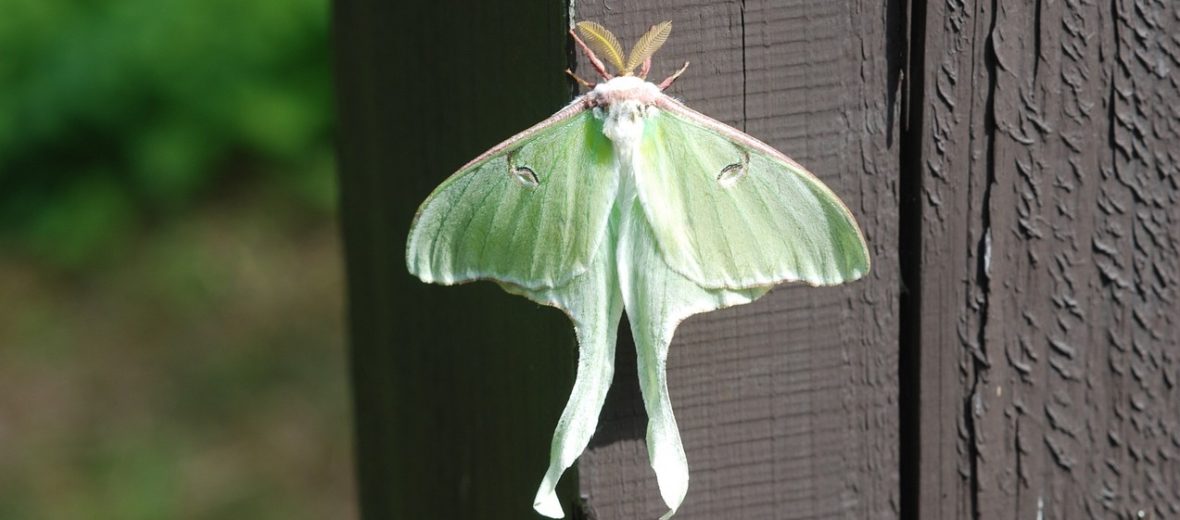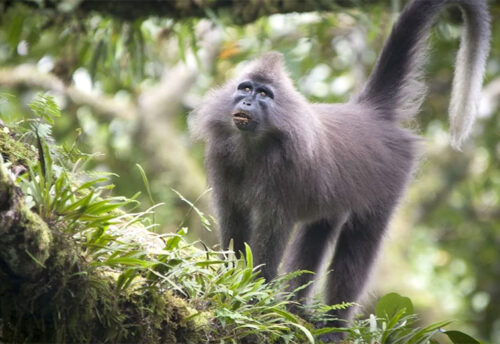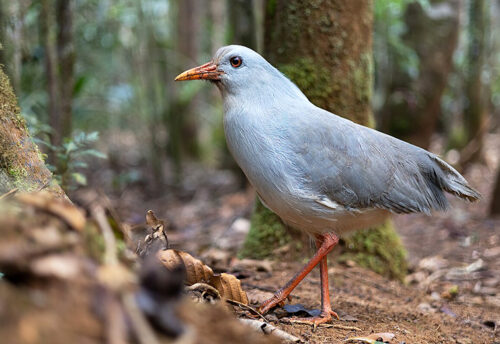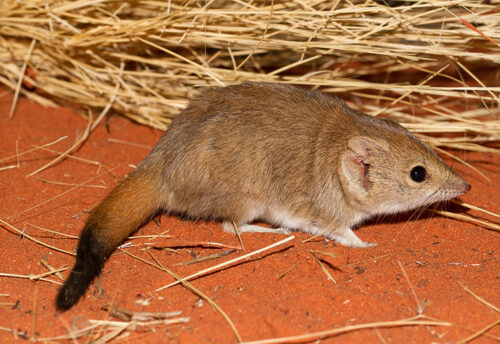
The luna moth is a beautiful green colored moth species found from Quebec down to Florida and west to the great plains. They prefer to reside in places that host plants that their larvae can eat, like white birch, persimmon, sumac, sweet gum, hickory, walnut, and others. Due to a parasitic fly that was introduced in North America as a biological control agent to thwart the invasive gypsy moth, the luna moth has also declined. They are also under threat from habitat destruction and increased use of bright vapor lights that disrupt their mating habits. However, their numbers are stable across North America. Luna moths are one of the larger species of North American moths. This article is on special request from my friend, Andrew.
First the Stats…
Scientific name: Actias luna
Length: Up to 2 inches
Wingspan: Up to 7 inches, but typically 4.5 inches
Lifespan: Up to 2 weeks as eggs, up to 7 weeks as larvae, up to 9 months as pupae, and up 1 week as adults
Now on to the Facts!
1.) Bats are their main predator.
2.) A neat trick incorporated in their evasion of bats is to quickly twirl their tail wings. This distracts the bat just long enough for the moth to make a hasty getaway. This doesn’t always work, but it’s worth a shot. The spinning tails interrupt the bat’s echolocation similar to jamming a radar.
3.) Their name “luna” is Latin for “moon” and refers to the moon shaped marking on each wing.
4.) Like other moth species, the luna moth is nocturnal (active at night).
5.) Luna moths eat different plants based on where they reside. Each region’s moths will eat only a specific plant and ignore others.
But wait, there’s more on the luna moth!
6.) Adults don’t eat. That’s right. They exist solely to mate.
7.) Females produce a special pheromone that males can detect with their highly sensitive antennae, up to a mile away!
Did you know…?
The caterpillar’s primary defense mechanism is to click their mouth parts together and then vomit regurgitated plant matter. “You think you’re going to eat me? Here, have some vomit!”
8.) Females lay between 200 – 400 eggs, typically 1 at a time!
9.) When the larvae emerge, they begin eating right away; kind of like my kids in the morning.
10.) When it comes time to metamorphose into adult moths, the caterpillar will roll itself in a leaf covered in silky strands and begin its long sleep and development into an adult moth.
Now a Short Luna Moth Video!
Also, check out the Critter Science YouTube channel. Videos added frequently!
Want to suggest a critter for me to write about? Let me know here.



